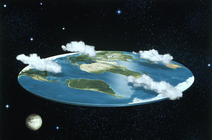
Cosmologists all over the world pontificate devoutly that the Universe is flat, a fact brought home to me at the Paris Cosmology Colloquium in 2009.
At first I thought the presenters were joking, but of course they weren't.
My incredulity at the echo of ancient naivete cost me a lot of points among the eminent scientists there, who all assured me that I didn't understand the topography. Today it seems a few forward thinkers are leaning to the strong possibility that the Universe isn't flat after all, so five years on I'm relieved to be counting some friends on Twitter who share a similar sense of humour at what is hopefully a passing phase. This time, however, it was no myth, and history will have it for the record that a Flat Universe was a genuine, bona-fide belief shared by an awful lot of highly respected people of the Earth.
This is what NASA has to say: "We now know (as of 2013) that the universe is flat with only a 0.4% margin of error."





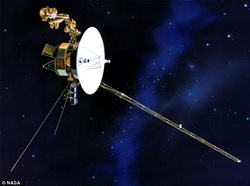


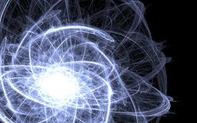





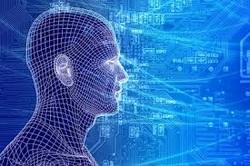
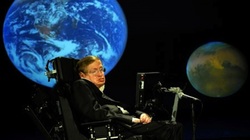
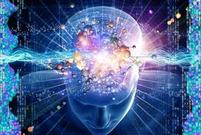
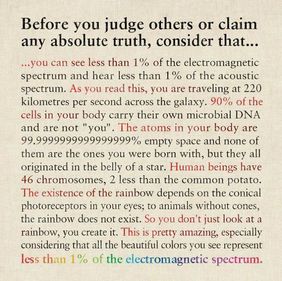


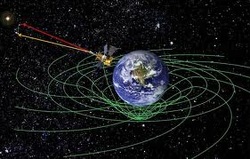
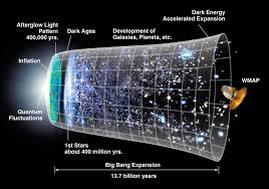
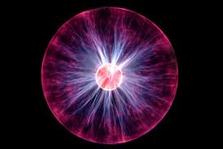
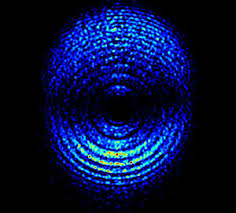

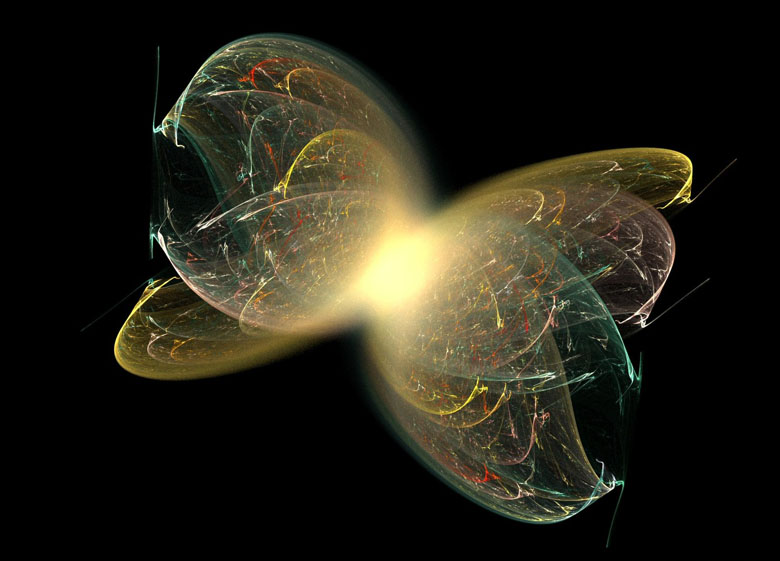



 RSS Feed
RSS Feed
